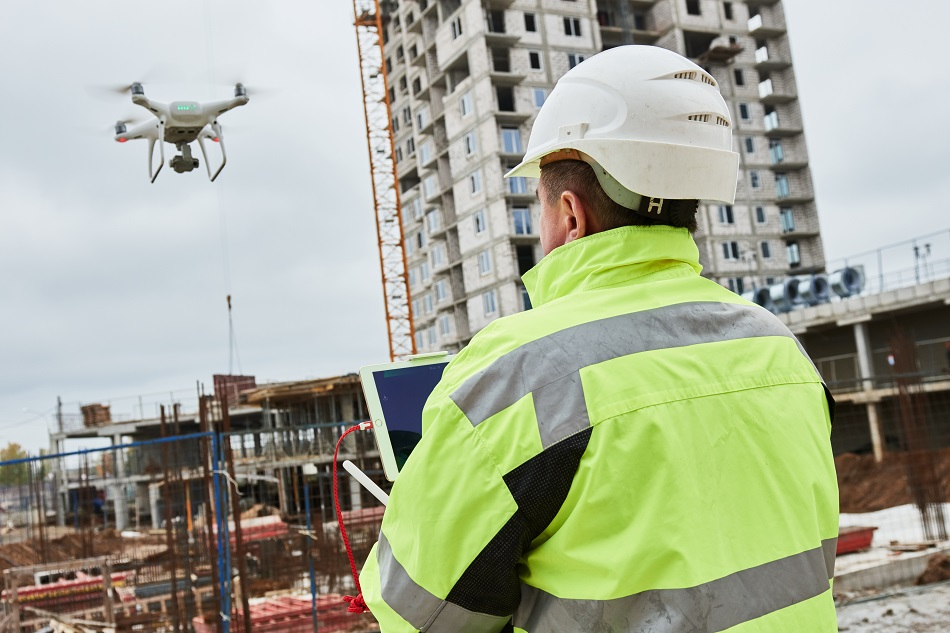
Image Credit: Dmitry Kalinovsky/Shutterstock.com
Once the focus of science fiction, robots are now being used for the monitoring of ambient gas levels in the environment. These systems are useful in many applications, particularly in mining, military, and industrial settings.
The value of gas-sensing robots is most obvious when it comes to gases that cannot be perceived by human senses. One major example is deadly carbon monoxide, which is colorless, odorless, and non-irritating. It is impossible for a human to determine how much carbon monoxide is around them which makes it a silent killer.
While carbon monoxide alarms and other stationary detectors are effective, they are not effective in all situations, particularly when it comes to measuring low concentration amounts in windy conditions.
A mobile robotics system can cover a bigger area with fewer sensors. This is significantly beneficial if multiple gas sensors are required to monitor gaseous toxins or gases that disrupt the detection of the target gas.
Type of Gas Sensors for Robotics
There are three basic types of sensors that are used for directly sensing gas: metal oxide (MOX), conducting polymer (CP), and quartz microbalance sensors (QMB).
Comprised of a metal oxide film on top of an electrified, heated substrate, MOX sensors are based on a change in electrical resistance caused by redox reactions with ambient gas. MOX sensors are well-suited to mobile applications because of their high-sensitivity, longevity, and low vulnerability to changing conditions.
Similarly based on changing electrical resistance, CP sensors use a polymer thin film instead of a metal oxide one. Expansion of the polymer caused by ambient gas increases the electrical resistance. The response of a CP sensor is based on the diffusion of the gas into the polymer. CP sensors use less power than MOX sensors and have linear responses for a broad array of gases.
Made from a quartz substrate and a coating that is determined by the gas to be sensed, QMB sensors are based on an electrically produced acoustic wave in the quartz crystal that can be disturbed by the temporary absorption of gas molecules.
The shifting frequency of this wave is measured to produce an output. QMB sensors are highly sensitive and offer a rapid response but have a complicated production process and offer a poor signal-to-noise ratio.
Application Case Studies
Currently, there are a number of gas-detection robotics systems on the market, including both ground and air-based drone systems. These systems are able to enter and remain in areas with gas levels that are toxic to humans.
Resembling a small tractor with a mast on the front, the S5 G robot from SMP Robotics is a ground-based drone system used to measure gas levels in and around industrial facilities.
The robot is able to autonomously patrol a perimeter, detect a number of different gases, and transmit any findings via a wireless data link. The robot can adjust its route based on detected obstacles or shifting wind conditions.
It is also capable of video surveillance during situations involving hazardous materials. The gas detector on the robot can be detached and connected to an aerial drone system.
Somewhat resembling a bomb-defusing robot, the RoboGasInspector system from the German technology consortium AUTONOMIK is another ground-based system built to detect gas leaks at industrial facilities.
Rather than being based on gas sensors, the RoboGasInspector uses a FLIR GF320 optical gas imaging camera to detect gas leaks without needing to directly access an area.
The system also uses optical gas telemetry to inspect areas that are too difficult to access. After a leak is detected with the FLIR, the RoboGasInspector uses a toxic vapor analyzer to identify gas concentration.
Sources and Further Reading
Disclaimer: The views expressed here are those of the author expressed in their private capacity and do not necessarily represent the views of AZoM.com Limited T/A AZoNetwork the owner and operator of this website. This disclaimer forms part of the Terms and conditions of use of this website.